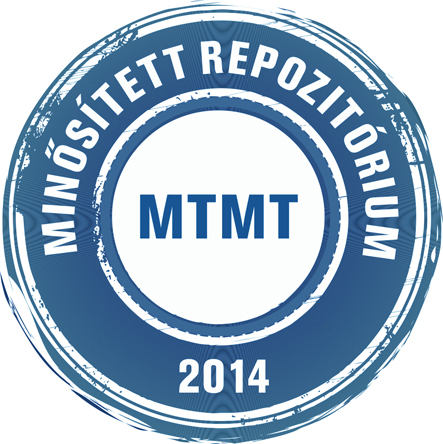Dinh Thi Thanh Hoa
The kisspeptin-1 receptor antagonist peptide-234 aggravates uremic cardiomyopathy in a rat model.
Doktori értekezés, Szegedi Tudományegyetem (2000-).
(2023)
|
PDF
(disszertáció)
Download (6MB) |
|
|
PDF
(tézisfüzet)
Download (500kB) |
|
|
PDF
(melléklet)
Download (700kB) |
|
|
PDF
(melléklet)
Download (476kB) |
Absztrakt (kivonat) idegen nyelven
Chronic kidney disease (CKD) is a public health problem that increases the risk of cardiovascular morbidity and mortality worldwide. CKD-associated chronic and often irreversible structural and functional changes of the heart are called uremic cardiomyopathy, characterized by diastolic dysfunction, left ventricular hypertrophy (LVH), and cardiac fibrosis in CKD patients. However, the complex underlying mechanisms of uremic cardiomyopathy remain unclarified. Therefore, elucidating novel mechanisms in the development of uremic cardiomyopathy is crucial to discovering new drug targets to decrease the burden of cardiovascular morbidity and mortality in CKD patients. Dysregulation of the kisspeptin receptor (KISS1R)-mediated pathways is associated with the activation of extracellular signal-regulated kinase 1/2 (ERK1/2) and matrix metalloproteases with concomitant development of fibrosis in cancerous diseases. Indeed, the function of the KISS1R in the cardiovascular system is not well characterized yet. Kisspeptin-10 (KP-10) was reported to have vasoconstrictor, angiogenesis inhibitory, pro-fibrotic, and atherosclerotic effects. Interestingly, the atherosclerotic effects of KP-10 were abolished by the KISS1R antagonist P234 in ApoE-/-mice. Thus, we aimed to investigate the potential anti-remodeling effects of the KISS1R antagonist P234 on the development of CKD and uremic cardiomyopathy in our rat model of CKD. Therefore, male Wistar rats (300-350 g) were randomized into four groups: i) Sham- operated, ii) chronic kidney disease (CKD) induced by 5/6 nephrectomy, iii) CKD treated with a lower dose of P234 (ip. 13 μg/day), iv) CKD treated with a higher dose of P234 (ip. 26 μg/day) groups. Treatments were administered daily from week 3 for 10 days. At week 13, the P234 administration did not influence the creatinine clearance and urinary protein excretion. However, the higher dose of P234 led to reduced anterior and posterior wall thicknesses, more severe interstitial fibrosis, and overexpression of genes associated with left ventricular remodeling (Ctgf, Tgfb, Col3a1, Mmp9), stretch (Nppa), and apoptosis (Bax, Bcl2, Casp7) compared to the CKD group. In contrast, no significant differences were found in the expressions of apoptosis-associated proteins between the groups. Our results suggest that the higher dose of P234 hastens the development and pathophysiology of uremic cardiomyopathy by activating the fibrotic TGF-β-mediated pathways.
| Mű típusa: | Disszertáció (Doktori értekezés) |
|---|---|
| Publikációban használt név: | Dinh Thi Thanh Hoa |
| Témavezető(k): | Témavezető neve Beosztás, tudományos fokozat, intézmény MTMT szerző azonosító Sárközy Márta M.D. Ph.D, Biokémiai Intézet SZTE / SZAOK 10028929 Dux László M.D. Ph.D. D.Sc., Biokémiai Intézet SZTE / SZAOK 10002420 |
| Szakterület: | 03. Orvos- és egészségtudomány |
| Doktori iskola: | Multidiszciplináris Orvostudományok Doktori Iskola |
| Tudományterület / tudományág: | Orvostudományok > Elméleti orvostudományok |
| Nyelv: | angol |
| Védés dátuma: | 2023. december 05. |
| EPrint azonosító (ID): | 11936 |
| A feltöltés ideje: | 2023. szept. 29. 15:22 |
| Utolsó módosítás: | 2024. jan. 24. 14:05 |
| Raktári szám: | B 7319 |
| URI: | https://doktori.bibl.u-szeged.hu/id/eprint/11936 |
| Védés állapota: | nem védett (Nem idézhető amíg nem kap DOI számot.) |
Actions (login required)
 |
Tétel nézet |

 Repozitórium letöltési statisztika
Repozitórium letöltési statisztika Repozitórium letöltési statisztika
Repozitórium letöltési statisztika




